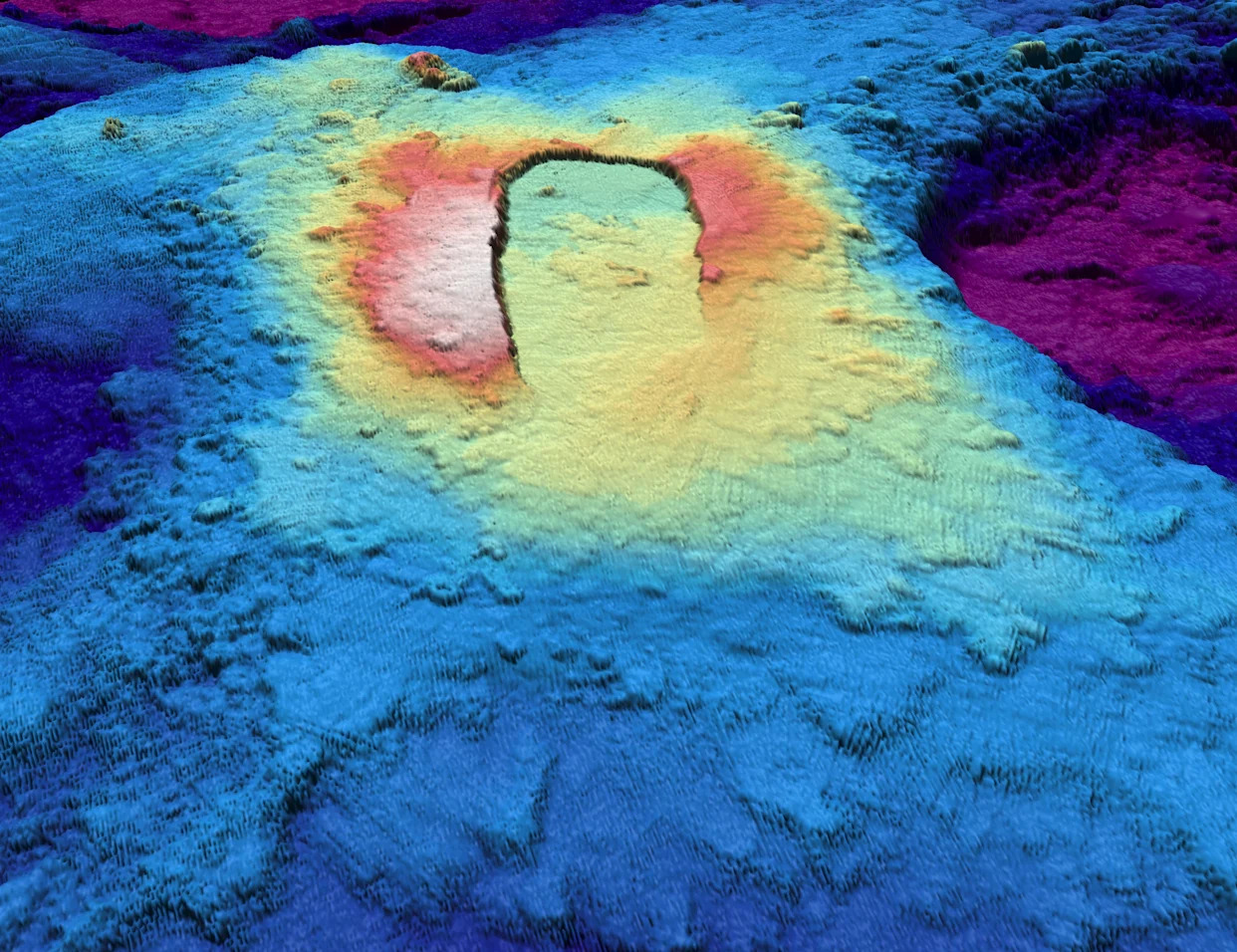
Hundreds of miles off the coast of Oregon, Deb Kelley watched a pod of dolphins swim past the research vessel Atlantis as the sun set on the Pacific Ocean.
But beneath the calm seas lurked a behemoth: Axial Seamount, a massive volcano 4,500 feet below the ocean’s surface. Kelley and her team are in the middle of a maintanence mission, working nearly 24 hours a day for weeks to recover and restore the instruments that keep tabs on the volcano, which scientists believe will erupt in 2025.
Kelley, director of the Regional Cabled Array, is not so sure.
USA TODAY reported on the volcano in May, and not much has changed since then, other than a slight decline in some of the prescursors to eruption. Researchers say they still don't know what it will take to trigger the next eruption or exactly when it will happen.
"We can only wait and see, but nothing seems imminent at the moment since the rate of unrest keeps wavering up and down, up and down," Bill Chadwick, a volcanologist with Oregon State University who’s part of a team that’s studying the volcano, wrote in a July 30 blog post.
What's happening with Axial Seamount? 'Not much'
A reservoir has been refilling with magma since its last eruption in 2015, gradually inflating and causing the volcano to rise. Eventually, the pressure will become so great that it will open up and lava will pour out.
Kelley said there have been some indications that an eruption is coming, like submarine hydrothermal vents beginning to boil. The hot water is attracting sea life that prefer warm, nutrient-rich waters.
But "not much" has been happening with the volcano lately, Chadwick wrote.
The rate of inflation has been slowly decreasing all year. There was a brief spike in seismic activity - including one day in June with over 2,000 earthquakes - but that has dwindled to an average of 100 per day.
"All those indications from previously was that it would erupt, but those have all slowed down now," Kelley said.
What happens when the volcano erupts?
When the volcano erupts, it will spew enormous amounts of lava into the ocean for days or even months.
Kelley said the lava flow could potentially cause tens of thousands of explosions and billions of microbes will stream out onto the sea floor like flakes from a snowblower.
But Axial Seamount is not a threat to humans. It won't trigger a tsunami or earthquakes on land, and even a person in a boat directly above it likely wouldn't notice, Chadwick previously said.
But it will provide researchers a virtually unprecedented opportunity to watch what happens when the lava flows.
"We're never there in the right place, in the right time to know that's happening," Kelley said. "So this is a phenomenal opportunity to gain a lot of insights about major processes operating on our planet."
Research facing Trump cuts
Axial is the world’s most extensively studied undersea volcano because more than 660 miles of undersea cables crisscross it, sending a steady stream of real-time data about the area to scientists. The Regional Cabled Array includes more than 140 instruments that are constantly monitoring it.
The work is part of a larger ocean monitoring effort by the Ocean Observatories Initiative, which maintains more than 900 ocean-based instruments to address critical questions about the world's oceans, funded by the National Science Foundation.
But that work may now be under threat. The National Science Foundation's budget for fiscal year 2026 proposed slashing the initiative's budget by 80% in its tenth year, the organization said in June.
Kelley said its not yet clear how the cuts will affect her projects, but she hopes to be back out on the waters above Axial next summer.
"We don't know how that what the cuts will be, what the budget will be, and how that funnels down to us yet," Kelley said. "So we have hope. I always have hope, it's just in my nature to do so."
This article originally appeared on USA TODAY: Axial Seamount expected to erupt. But scientists don't know when






Comments